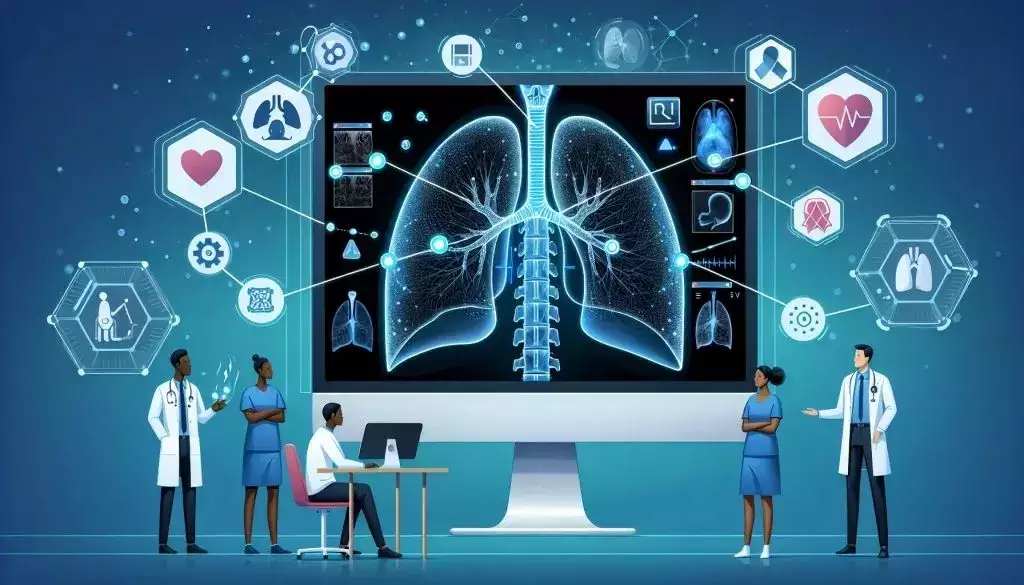Lung cancer is the leading cause of death from cancer, with 10-20 percent of cases occurring in “never-smokers” who have either never smoked or smoked less than 100 cigarettes in their lifetime.
In a recent study, researchers sought to improve lung cancer risk prediction in never-smokers testing a deep learning model to identify individuals at high risk for lung cancer based on their chest X-rays from electronic medical records.
The deep learning model, known as “CXR-Lung-Risk,” was developed using 147,497 chest X-rays of asymptomatic smokers and never-smokers to predict lung-related mortality risk. The model was then externally validated in a separate group of never-smokers.
The results showed that 28 percent of patients were deemed high risk the deep learning model, with 2.9 percent of these patients later receiving a diagnosis of lung cancer. This high-risk group far exceeded the six-year risk threshold for lung cancer screening, indicating a 2.1 times greater risk of developing lung cancer compared to the low-risk group.
Lead author Anika S. Walia, a medical student at Boston University School of Medicine, emphasized the potential of this AI tool for opportunistic screening of never-smokers at high risk of lung cancer. Michael T. Lu, director of artificial intelligence at Massachusetts General Hospital, highlighted the growing importance of detecting lung cancer early in non-smokers as smoking rates decline.
This study demonstrates the potential of deep learning models to identify individuals at high risk for lung cancer, paving the way for more effective screening and early detection of the disease.

